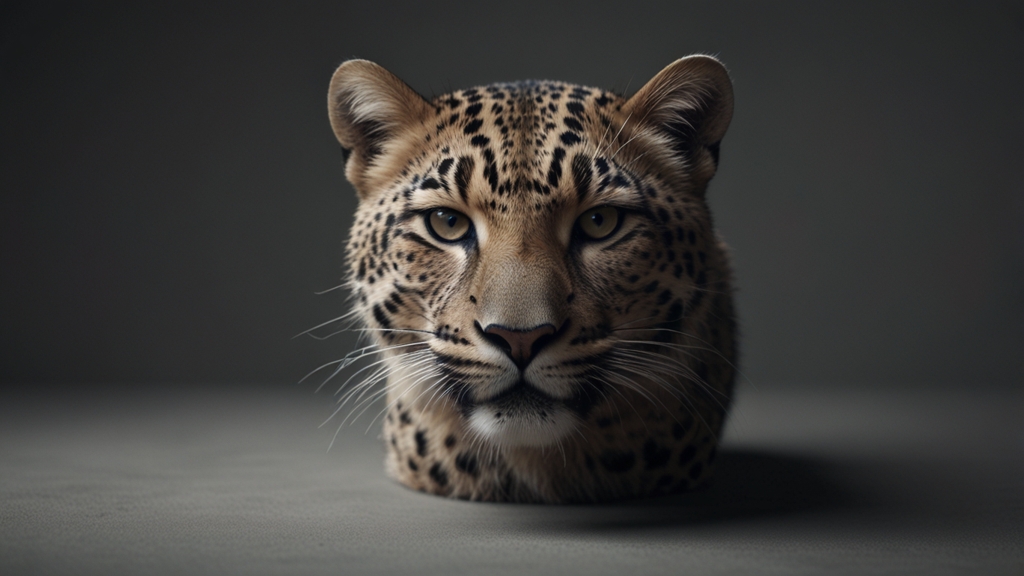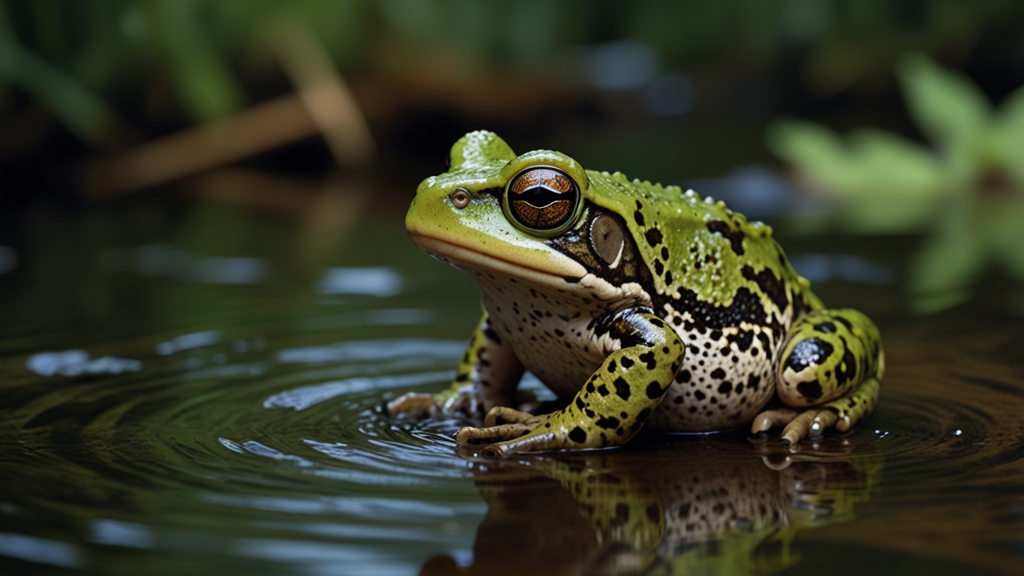From Glow-in-the-Dark Fish to Rainbow Octopuses: Nature's Stunning Light Show
The natural world is a canvas of extraordinary colors and patterns, but some of its most mesmerizing spectacles are those that occur under the cloak of darkness. Bioluminescence and iridescence are two phenomenal examples of nature's ability to captivate, featuring organisms that quite literally create light and others that shimmer with every color of the rainbow. From glow-in-the-dark fish in the ocean's depth to spectacularly hued octopuses, the wonders of these natural light shows are as varied as they are breathtaking.
Bioluminescence: The Ocean's Living Lights
Bioluminescence is the production and emission of light by living organisms. This seemingly magical phenomenon is a result of biochemical reactions within the bodies of certain creatures, usually involving a molecule called luciferin and an enzyme called luciferase. Bioluminescence is most commonly seen in marine environments where it serves various purposes, from attracting mates to warding off predators and even luring prey.
"The sea, once it casts its spell, holds one in its net of wonder forever." – Jacques Cousteau
Among the countless bioluminescent species is the Lanternfish, which uses light to camouflage itself from predators swimming below. These tiny fish possess special light-producing organs called photophores, allowing them to blend seamlessly with the faint sunlight from above. Then there are the Deep-sea Anglerfish, whose bioluminescent fishing lure dangles in front of their mouths, enticing unsuspecting prey into a deadly trap.
Iridescence: Shimmering Spectacles
While bioluminescence involves the generation of light, iridescence is all about reflection and refraction. Iridescent animals have structures in their skin or scales that interfere with light waves, causing them to reflect multiple colors. This optical wonder makes such creatures appear to shimmer and shift colors as they move.
One of the most enchanting examples of iridescence in the marine world is the Rainbow Octopus. Found in tropical waters, this cephalopod displays a captivating array of colors thanks to cells in its skin called chromatophores. These cells expand and contract to change color, allowing the octopus to communicate, camouflage, or simply dazzle onlookers.
Terrestrial Light Shows
Both bioluminescence and iridescence are not confined to the ocean; the terrestrial world also hosts its own array of luminous wonders. Fireflies, for instance, are arguably the most famous bioluminescent terrestrial organisms. Their glow serves a dual purpose: attracting mates and deterring predators with a warning signal of toxicity.
"Nature always wears the colors of the spirit." – Ralph Waldo Emerson
On the other hand, the iridescence seen in butterflies like the Blue Morpho is due to microscopic scales on their wings, which reflect light in such a manner that produces a vivid, metallic blue. These visual displays can confuse predators and are also used in mating displays.
The Science Behind the Spectacle
Understanding the science behind bioluminescence and iridescence doesn't in any way diminish the awe they inspire. Bioluminescence generally involves a chemical reaction between luciferin and oxygen, catalyzed by the enzyme luciferase. Iridescence, however, results from structural coloration, where nanostructures in an animal's surface tissues refract light waves to produce shifting colors.
Researchers are delving into these natural light shows not only to satiate human curiosity but also to find potential applications. For instance, bioluminescence has promising uses in medical imaging and environmental monitoring. Iridescent materials inspire innovations in fields ranging from fabric design to anti-counterfeiting technologies.
Conclusion
Whether it's the soft glow of a deep-sea fish, the flashing signals of a firefly, or the shimmering hues of an octopus or butterfly, nature's capacity to play with light is nothing short of miraculous. These luminous phenomena remind us of the boundless creativity inherent in the natural world and continue to inspire wonder and scientific inquiry alike. So the next time you see a tiny light flickering in the darkness or witness a rainbow-like shimmer, take a moment to appreciate these splendid examples of nature's stunning light show.









